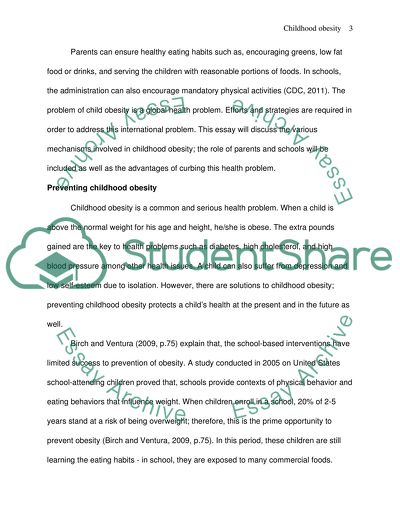Cite this document
(“Preventing Childhood Obesity Essay Example | Topics and Well Written Essays - 2750 words”, n.d.)
Retrieved from https://studentshare.org/health-sciences-medicine/1395331-preventing-childhood-obesity
Retrieved from https://studentshare.org/health-sciences-medicine/1395331-preventing-childhood-obesity
(Preventing Childhood Obesity Essay Example | Topics and Well Written Essays - 2750 Words)
https://studentshare.org/health-sciences-medicine/1395331-preventing-childhood-obesity.
https://studentshare.org/health-sciences-medicine/1395331-preventing-childhood-obesity.
“Preventing Childhood Obesity Essay Example | Topics and Well Written Essays - 2750 Words”, n.d. https://studentshare.org/health-sciences-medicine/1395331-preventing-childhood-obesity.


